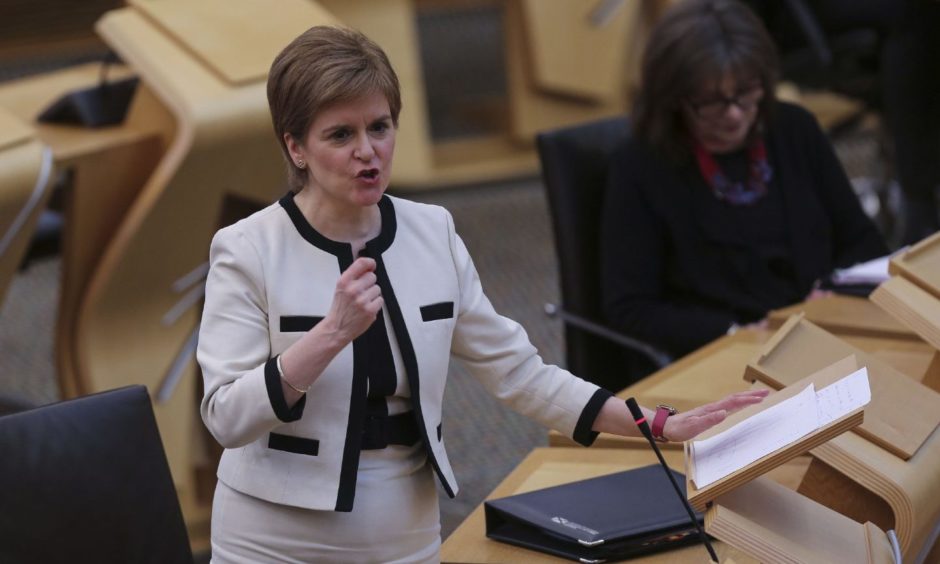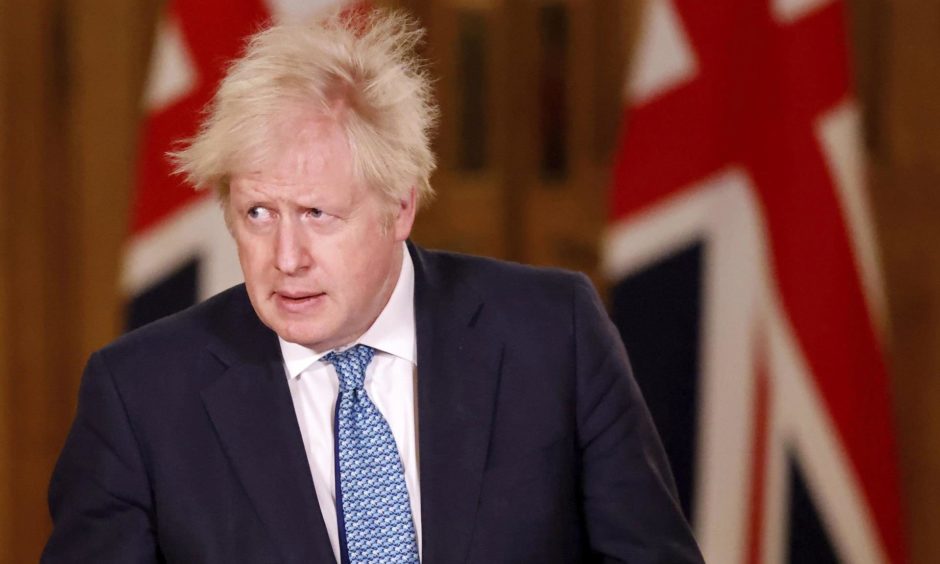Nicola Sturgeon has outlined the key dates in the easing of Scotland’s Covid-19 restrictions.
The First Minister has also confirmed that the tier system deployed to combat coronavirus last year will return this spring.
In a Holyrood statement, Ms Sturgeon set out a route map out of lockdown.
Key dates
Early March Care home restrictions will be eased.
March 15 School return will continue, starting with P4 to P7 pupils as well as some secondary pupils for “at least part of their learning”.
Outdoors non-contact group sport will also start for 14 to 17 year olds.
Limit of outdoor mixing increased to four people from two households. Currently it is two people from two households.
April 5 Stay-at-home restrictions to be lifted.
All students return to school.
Communal worship can resume.
Six people from two households can meet together outside.
Restrictions removed on click-and-collect retail.
April 26 A return to the levels/tier system, with all of Scotland currently in level four moving to level three.
Economy to be reopened “in a more substantial way”, including hospitality, gyms and hairdressers.
What happens next?
A further document will be published in mid-March about reopening retail in late April.
The First Minister emphasised that restrictions must stay in place for the near future until the vast majority of the adult population is vaccinated.
She foresees a future in which there is more reliance on vaccinations than restrictions.
Ms Sturgeon now hopes that all adults will be offered a vaccine by July, a change from previous plans to do it by September.
So far 82% of 65 to 69 year-olds have received their vaccine.
Travel restrictions to continue
Travel restrictions in Scotland will remain for “some time yet”, Ms Sturgeon has said.
Unveiling the revised road map out of lockdown in the Scottish Parliament, the First Minister said it was important that cases of the virus, particularly of new variants of the virus, were not imported into the country.
She said: “We saw over the summer how new cases were imported into Scotland, after the virus had almost been eliminated. We do not want that to happen again.
“In particular we do not want to import new variants of the virus, which could be more resistant to the vaccines that we are currently using.
“And so the strategic framework rightly emphasises the importance of both travel restrictions and test and protect. They will help us to ease restrictions safely.”
Restrictions easing in England
The announcement follows Boris Johnson’s outlining of England’s schedule for easing restrictions.
The Prime Minister said on Monday he expects all pupils in England’s schools to return to class from March 8, with wider use of face masks and testing in secondaries.
Socialising in parks and public spaces with one other person will also be permitted from that date.
A further easing will take place on March 29, when the school Easter holidays begin, with larger groups of up to six people or two households allowed to gather in parks and gardens.
But progressing along the schedule will depend on meeting four tests: the success of the vaccine rollout, evidence of vaccine efficacy, an assessment of new variants, and keeping infection rates below a level that could put unsustainable pressure on the NHS.
In Scotland and Wales the phased return of children to classes began on Monday, with Welsh First Minister Mark Drakeford suggesting stay-at-home orders could be eased in around three weeks.
In Northern Ireland, First Minister Arlene Foster has promised a “decision-making framework” on how the executive plans to exit lockdown will be published on March 1.

